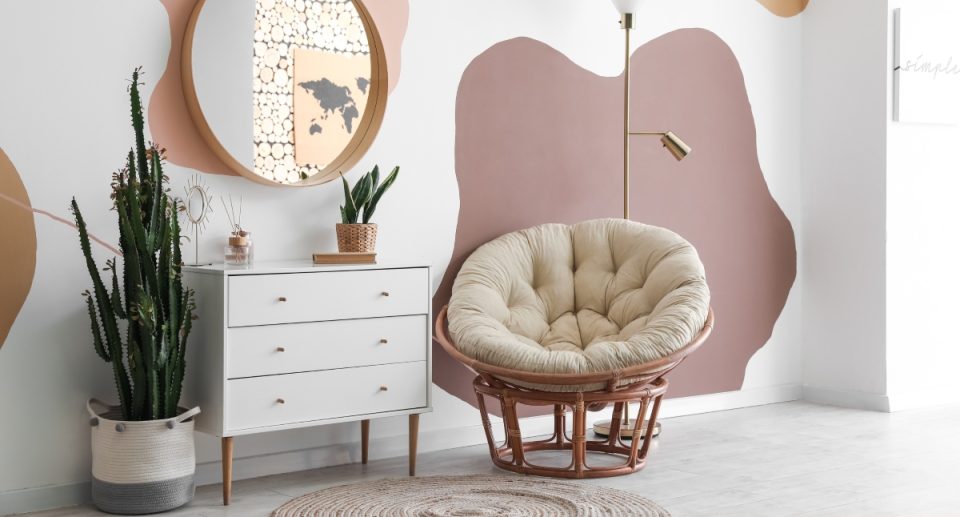Art Therapy for Seniors: Healing Through Creativity
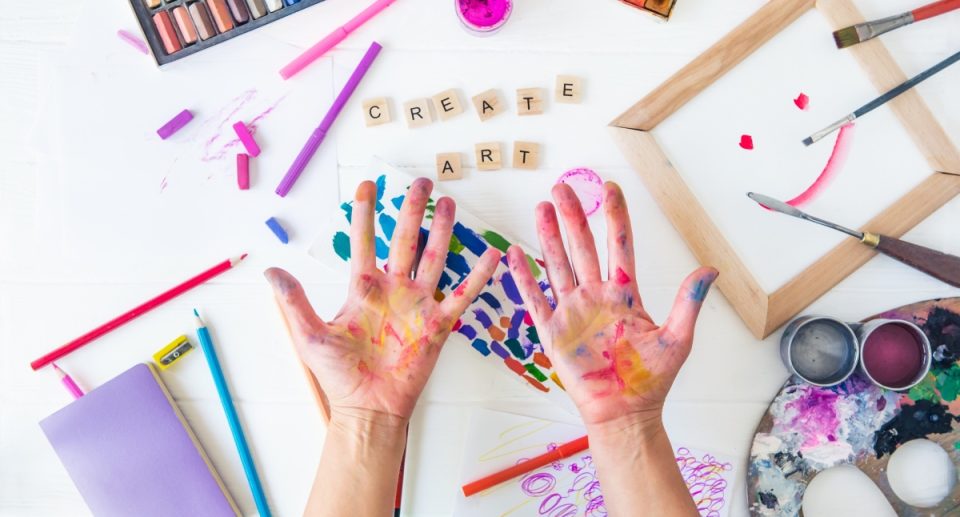
Creativity is not just a form of self-expression; it can also be a powerful tool for healing. Art therapy offers seniors an opportunity to explore emotions, improve cognitive function, and promote a sense of well-being. Whether through painting, drawing, sculpting, or other creative outlets, art therapy provides a meaningful way to engage both mind and body, helping seniors navigate the challenges of aging with resilience and joy.
In this blog post, we will explore the benefits of art therapy for seniors, its various forms, and how it fosters emotional, mental, and physical well-being.
What is Art Therapy?
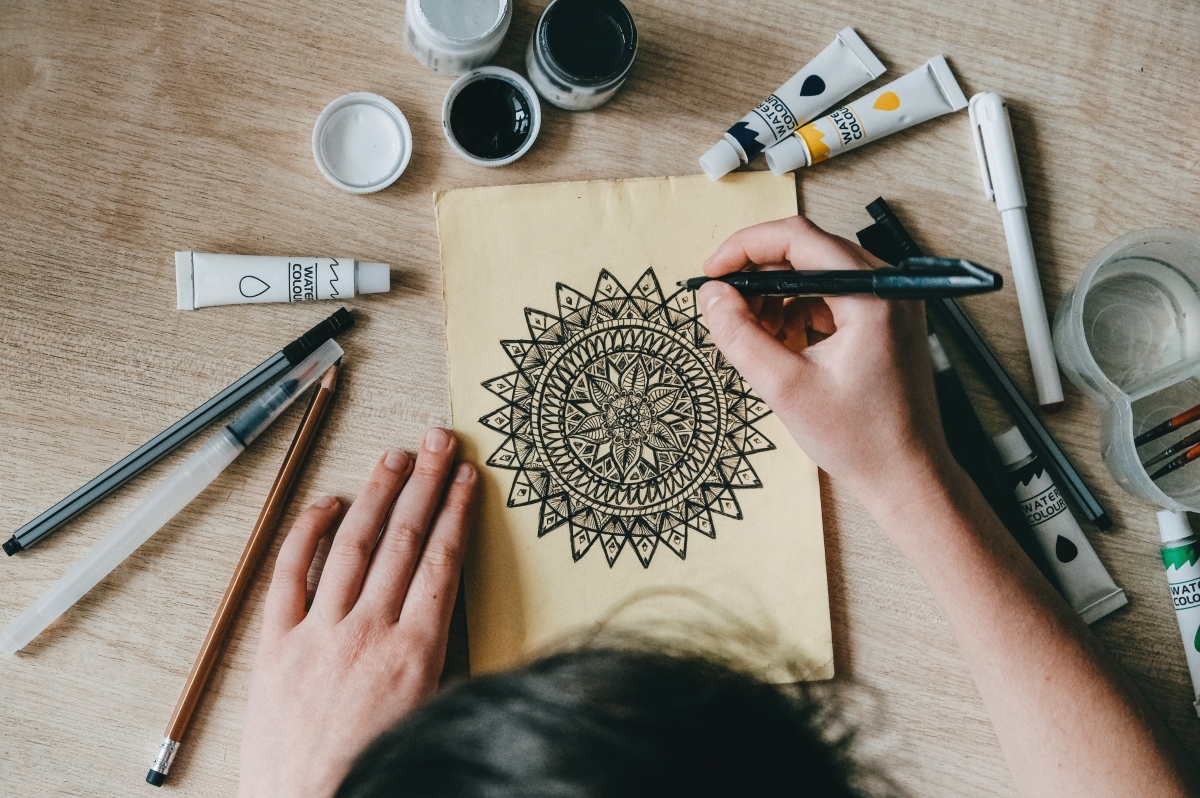
Art therapy is a therapeutic practice that uses creative processes like drawing, painting, or sculpting to help individuals express themselves and cope with emotional or psychological challenges. Unlike traditional talk therapy, art therapy allows participants to communicate through artistic expression, which can often be more accessible for those who find it difficult to verbalize their feelings.
For seniors, art therapy can be particularly beneficial in addressing issues such as grief, loneliness, memory loss, and anxiety. By engaging in creative activities, seniors can experience a sense of accomplishment, gain new insights into their emotional health, and find ways to cope with the stresses of aging.
Benefits of Art Therapy for Seniors

Art therapy offers a wide range of benefits for seniors, touching on health’s emotional, mental, and even physical aspects. Below are some key advantages:
1. Emotional Healing
Seniors often face unique emotional challenges, such as coping with the loss of loved ones, adjusting to retirement, or dealing with health issues. Art therapy provides a safe space for seniors to express their emotions and process difficult feelings.
- Grief and Loss: Creating art can be a healing way to honor and remember loved ones who have passed. It allows seniors to express their grief nonverbally, which can be especially beneficial if words feel inadequate.
- Loneliness and Isolation: Art therapy sessions, whether in group settings or individual sessions, encourage social interaction and community building. This can help alleviate loneliness as seniors connect with others who share similar interests.
- Stress Relief: Engaging in creative activities promotes relaxation and reduces stress. Creating something from scratch can be meditative, helping seniors focus on the present moment rather than worrying about the future or dwelling on the past.
2. Cognitive Stimulation
As people age, cognitive function can decline, leading to memory issues or difficulty with problem-solving and decision-making. Art therapy helps stimulate the brain and supports cognitive health in several ways:
- Improved Memory: Studies have shown that creative activities can enhance memory retention, particularly in seniors with dementia or Alzheimer’s disease. Art therapy can trigger memories and help seniors recall important life events.
- Increased Focus: Creating art requires concentration and attention to detail, which helps improve focus and mental clarity. This can be particularly beneficial for seniors who may experience difficulty concentrating due to aging.
- Problem-Solving Skills: Art involves making decisions, such as choosing colors or determining the layout of a piece. These small decisions can enhance cognitive flexibility and problem-solving skills, keeping the brain engaged.
3. Physical Benefits
Art therapy isn’t just beneficial for the mind—it can also have physical benefits for seniors:
- Fine Motor Skills: Many art forms, such as drawing, painting, or sculpting, require fine motor skills. These activities can help seniors maintain dexterity and hand-eye coordination, which may decline with age.
- Pain Management: For seniors dealing with chronic pain or physical ailments, art therapy can provide a distraction from discomfort. Focusing on a creative project may help reduce the perception of pain and provide a sense of relief.
- Increased Physical Activity: Certain forms of art, such as pottery or sculpture, can involve more physical movement, which helps seniors stay active and engaged.
Types of Art Therapy for Seniors

Art therapy can take many forms, allowing seniors to explore various creative outlets. Below are some popular types of art therapy that are particularly well-suited to seniors:
1. Drawing and Painting
One of the most accessible forms of art therapy is drawing and painting. These activities allow seniors to experiment with different colors, textures, and styles, providing various creative possibilities. Whether working with watercolors, acrylics, or colored pencils, drawing and painting can help seniors express their inner world while improving fine motor skills and focus.
2. Sculpting and Pottery
Sculpting and pottery offer a more hands-on approach to art therapy. Working with clay or other materials can be a tactile and satisfying experience, engaging both the mind and body. These activities also provide seniors with an opportunity to create three-dimensional works of art, which can be especially rewarding when completed.
3. Collage and Mixed Media
Collage art allows seniors to combine various materials, such as photographs, magazine clippings, and fabrics, to create a unique piece of artwork. This type of art therapy can be particularly therapeutic for seniors who enjoy working with different textures and elements. Collage-making also allows for creative storytelling, as seniors can use images and symbols to represent their thoughts and feelings.
4. Music and Dance Therapy
While not strictly visual art, music, and dance therapy are also forms of creative expression that can be therapeutic for seniors. Whether playing an instrument, singing, or simply listening to music, engaging in music therapy can evoke emotions and memories, providing comfort and relaxation. Dance therapy, on the other hand, encourages physical movement, which can help seniors stay active and improve their mood.
5. Digital Art
For tech-savvy seniors, digital art can be an exciting and innovative way to engage in art therapy. Using tablets or computers, seniors can explore digital drawing programs, photo editing software, or even 3D design tools to create their own artwork. Digital art offers a modern twist on traditional artistic methods and can appeal to seniors interested in learning new technology.
How to Get Started with Art Therapy
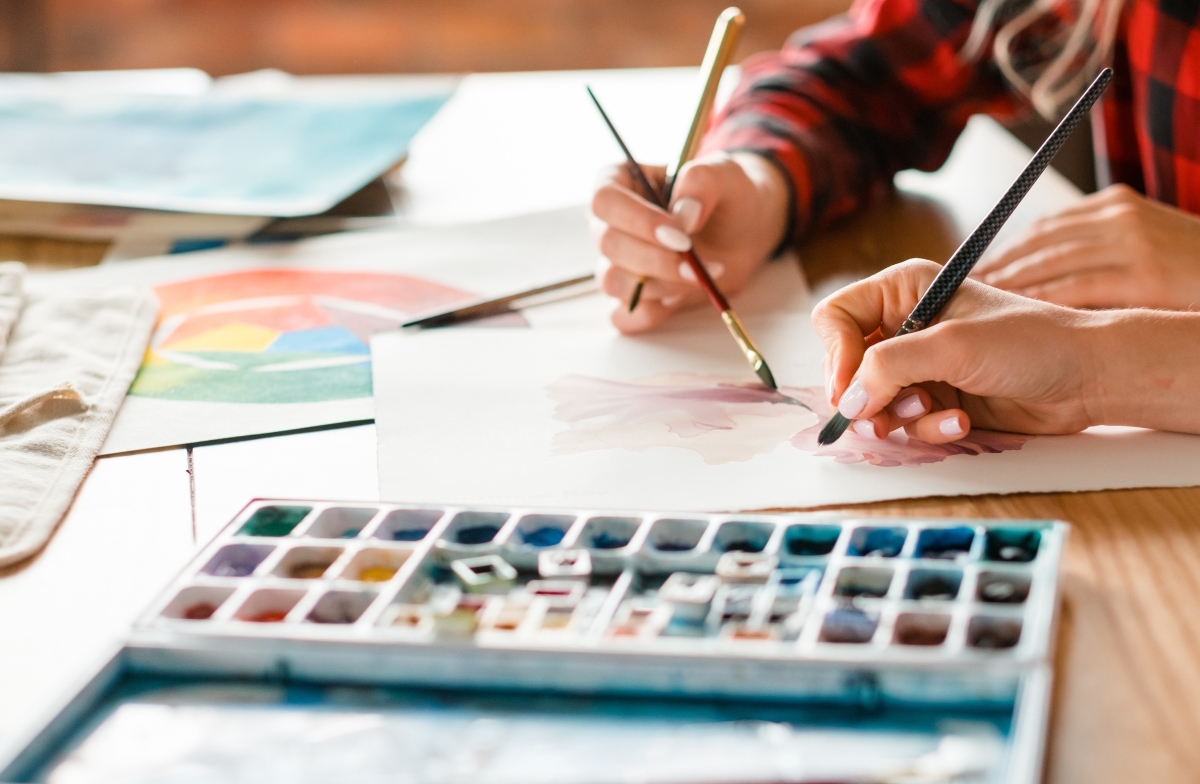
Getting started with art therapy doesn’t require any special skills or prior experience. The beauty of art therapy lies in the process, not the end result. Here are some tips for seniors who want to explore art therapy:
- Find a Certified Art Therapist: For those interested in a structured art therapy program, working with a certified art therapist can provide guidance and support. Art therapists are trained to help individuals explore their emotions through creative processes and can tailor activities to meet specific needs.
- Join a Local Art Group: Many senior centers, community centers, and libraries offer art therapy or creative arts programs for older adults. These group settings provide a wonderful opportunity to socialize while engaging in creative activities.
- Set Up an Art Space at Home: For seniors who prefer to create art at home, setting up a dedicated space with art supplies can be a great way to encourage regular creative expression. Whether it’s a table for painting or a corner for drawing, having a designated area can make incorporating art into your daily routine easier.
- Don’t Worry About the Outcome: Remember, the goal of art therapy is not to create a masterpiece but to engage in the creation process. Allow yourself to experiment with different materials and techniques without worrying about whether the final product looks “perfect.” The act of creating is what provides the therapeutic benefits.
Conclusion
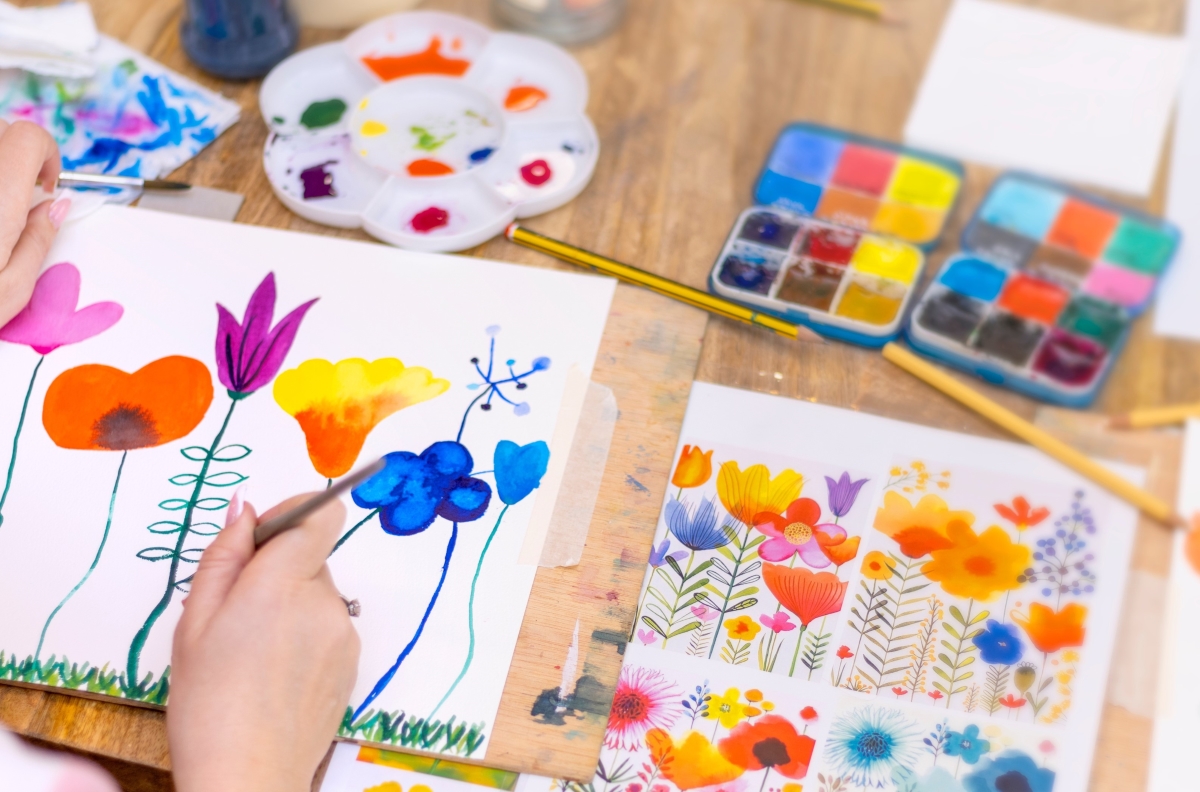
Art therapy offers seniors a holistic approach to healing that engages the mind, body, and spirit. Whether dealing with emotional pain, cognitive decline, or physical challenges, seniors can find comfort and joy through creative expression. By participating in art therapy, seniors not only enhance their emotional well-being but also tap into the limitless potential of their creativity. Art becomes a tool for healing, growth, and connection through painting, drawing, sculpting, and more.


